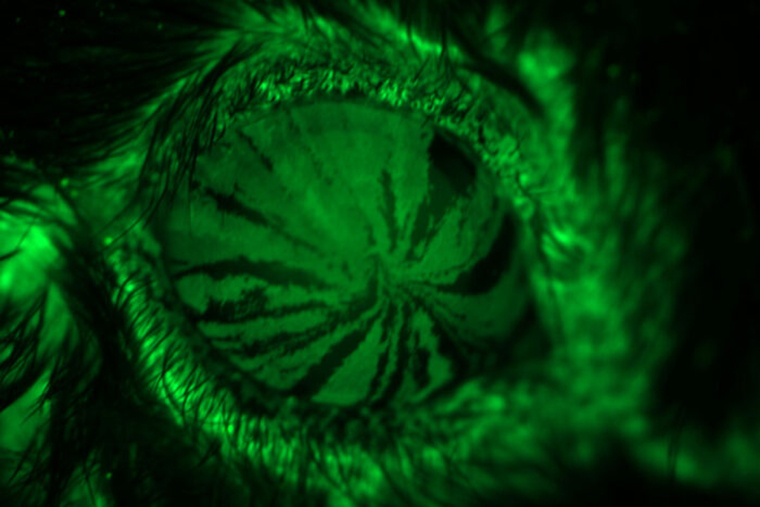人工細胞センサーを用いた環境汚染物質検出実験に世界で初めて成功 Test is first to use artificial cell sensors to detect environmental contaminant
2023-01-04 ノースウェスタン大学
合成生物学における最近の取り組みでは、細胞バイオセンサーを活用することで、費用対効果の高い方法で環境汚染物質を検出し、報告することができるようになった。しかし、その一方で、抽出されたサンプル中に自然に存在する物質からセンサーの部品をどのように保護するかという問題に、科学者たちは苦心してきた。
ノースウェスタン大学の合成生物学者からなる学際的なチームは、実際のサンプルに含まれるさまざまな環境および生物学的標的を検出できるセンサープラットフォームの開発に取り組んでいる。研究チームは、確立されたリボスイッチを用いてフッ化物用のバイオセンサーを構築し、センサーを脂肪膜内に封入することにより、センサーの保護と細胞の作動方法と同様の動作の両方を実現できることを発見した。
研究チームは、脂質二重層膜の組成と透過性を変えることで、センサーの性能をさらに調整・制御できることを、本日(1月4日)発行の『Science Advances』誌に発表した。
- https://news.northwestern.edu/stories/2023/01/fluoride-in-water-simple-color-change-test/
- https://www.science.org/doi/10.1126/sciadv.add6605
脂質ベシクルに内包された無細胞バイオセンサーのロバストかつ可変な性能評価 Robust and tunable performance of a cell-free biosensor encapsulated in lipid vesicles
Margrethe A. Boyd,Walter Thavarajah ,Julius B. Lucks ,Neha P. Kamat
Science Advances Published:4 Jan 2023
DOI: 10.1126/sciadv.add6605

Abstract
Cell-free systems have enabled the development of genetically encoded biosensors to detect a range of environmental and biological targets. Encapsulation of these systems in synthetic membranes to form artificial cells can reintroduce features of the cellular membrane, including molecular containment and selective permeability, to modulate cell-free sensing capabilities. Here, we demonstrate robust and tunable performance of a transcriptionally regulated, cell-free riboswitch encapsulated in lipid membranes, allowing the detection of fluoride, an environmentally important molecule. Sensor response can be tuned by varying membrane composition, and encapsulation protects from sensor degradation, facilitating detection in real-world samples. These sensors can detect fluoride using two types of genetically encoded outputs, enabling detection of fluoride at the Environmental Protection Agency maximum contaminant level of 0.2 millimolars. This work demonstrates the capacity of bilayer membranes to confer tunable permeability to encapsulated, genetically encoded sensors and establishes the feasibility of artificial cell platforms to detect environmentally relevant small molecules.


